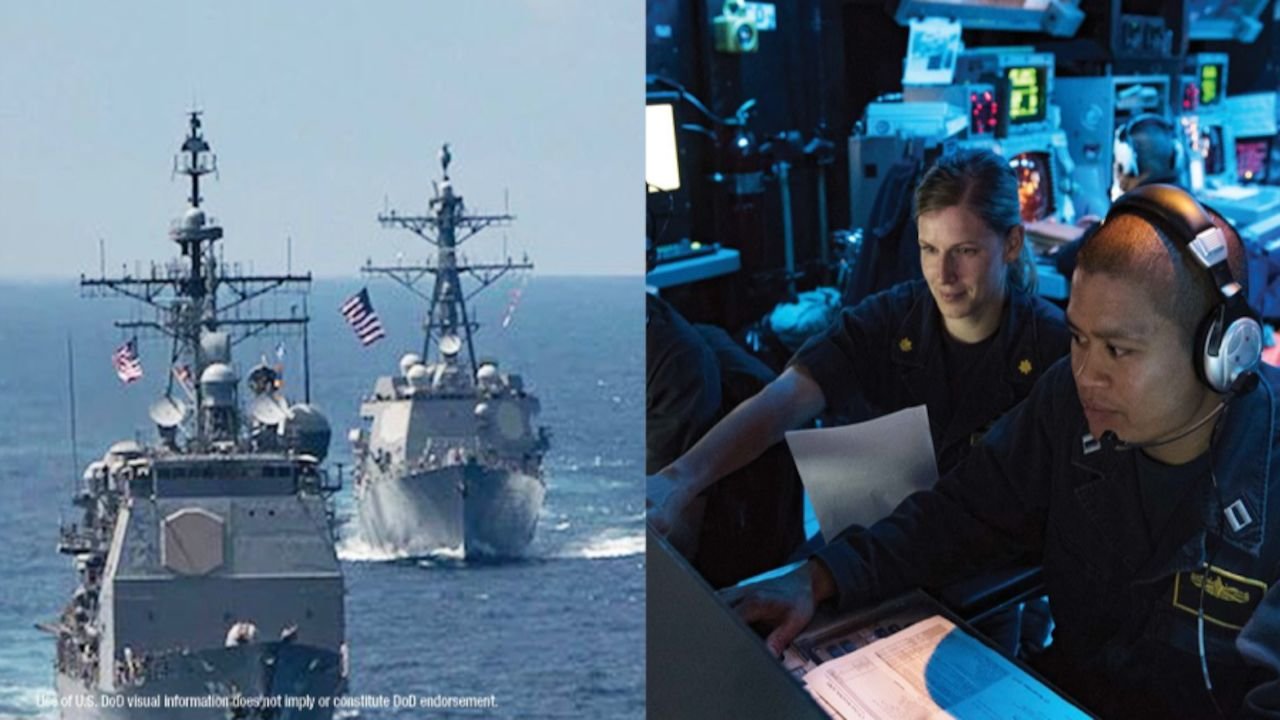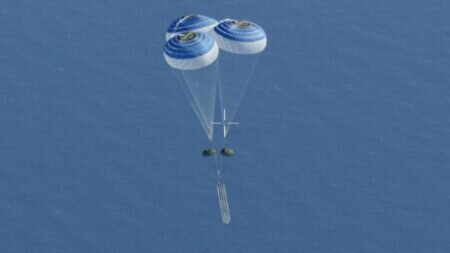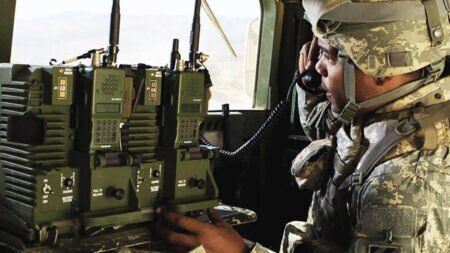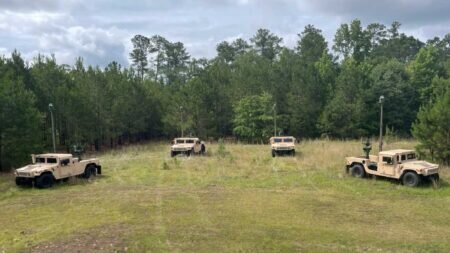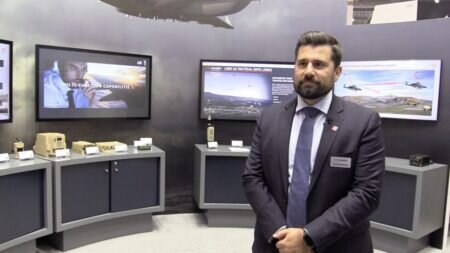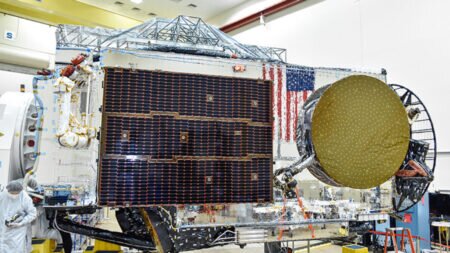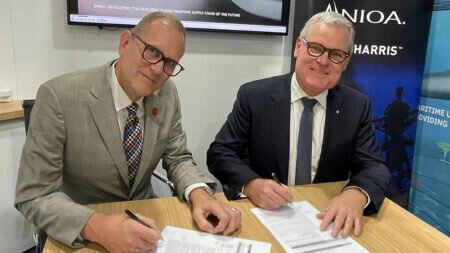According to a press release by L3Harris, the U.S. Navy has awarded the company $18 million as part of the Commercial Broadband Satellite Program (CBSP), a continuing effort to bolster sailors’ access to commercial broadband communications while on active maritime duty.
The company’s long-standing commitment to the program and on-time delivery of the systems led to four additional units being added to this year’s contracted activities.
CBSP provides terminal-to-shore, space and terrestrial connectivity, increasing throughput for commercial satellite communications to provide redundancy for military satellite communications. The program includes two U.S. Navy contracts for separate types of terminals, one for Force-Level Variants (FLV) and another for Unit-Level Variants (ULV).
“The CBSP program is a quality-of-life program,” Lin Vinson, L3Harris Program Director, SATCOM Solutions, said. “Sailors talk to family back home, they stream videos, and they can access NIPRS and SIPRS as they need to.”
There is so much commonality between the FLV and ULV solutions that the company treats them as a single program to keep production cost low, Roy Paleta, L3Harris Chief Systems Engineer for SATCOM Maritime Programs, said.
“The above-deck equipment is fairly different because of the size of the antennas, but the below-deck equipment is nearly 100 percent in common,” Paleta said. “There’s a lot of commonality in sparing and training requirements as well.”
The ULV contract is a 10-year indefinite delivery, indefinite quantity award, through which the Navy has deployed more than 150 systems to date. This year’s award will provide the service with 16 new units; work is expected to be completed later this year.
A Legacy of Support
The U.S. Navy has for decades relied on L3Harris broadband communications solutions because the company supports their modems of choice, be they commercial or DOD, Vinson said.
“However their needs change, we can still meet them, because our products are so complementary to each other,” he said. “We have a breadth of experience in the maritime arena, delivering future-proof, very durable systems.”
L3Harris’ history in delivering Satellite Communications antennas on U.S. Navy vessels dates back to the Challenge Athena III program in 1995, the first service initiative aimed at providing broadband access to sailors at sea. In 1998, the company continued its partnership through the AN/WSC-8 program.
CBSP grew out of a growing need in 2008, when leases the Navy used to provide satellite bandwidth were ending.
CBSP is used as a secondary service for communications that do not leverage the Advanced Extremely High Frequency Naval Maritime Terminal (NMT). It is also the backup for the NMT if it is unavailable, Paleta said, noting the Canadian and New Zealand navies use CBSP as their primary communications terminal.
CBSP antennas are now considered mission-critical, and the U.S. Navy will not sail without the capability because of the well-being they provide the sailors.
A new home for production
L3Harris recently has moved CBSP production into a newly renovated manufacturing space in Melbourne, Florida. CBSP is the first program to build product at the company’s Woody Burke site.
The new production space was deliberately designed for a reduced footprint and colocation of program teams – from engineering to assembly and test functions – to speed production and reduce waste, according to Brian Allen, L3Harris Operations Management director. L3Harris strategically planned and scheduled the CBSP transition to the new space avoiding any program impact.
L3Harris has built ULV systems at a 90-day-per-unit clip since the inception of the program. Despite the location change and supply chain challenges faced by the COVID-19 pandemic and extreme winter weather of early 2021, production didn’t skip a beat this past year, according to Charlene Butler, L3Harris Program Manager, SATCOM Maritime Programs.
Looking forward
The company is bringing to market a dual-band feed that will allow sailors to connect to Ka- and X-band simultaneously, allowing for more capability and ease of use, according to Vinson. The dual-band will eliminate the manual switch process and the need for a full ship stop.
Further, L3Harris is adding commercial Ka to the new feed, expanding capability to connect to constellations being launched into the Medium-Earth Orbit. On the mission-critical side, the company is looking into the ability to support the WAMS modem, a new L3Harris modem that is part of the NMT program.
“Over the years, we’ve had a very good working relationship with the Navy,” Paleta said. “We go out of our way to meet and exceed their expectations. We’re looking ahead at the next generation to make sure we can continue serving their communications needs.”

